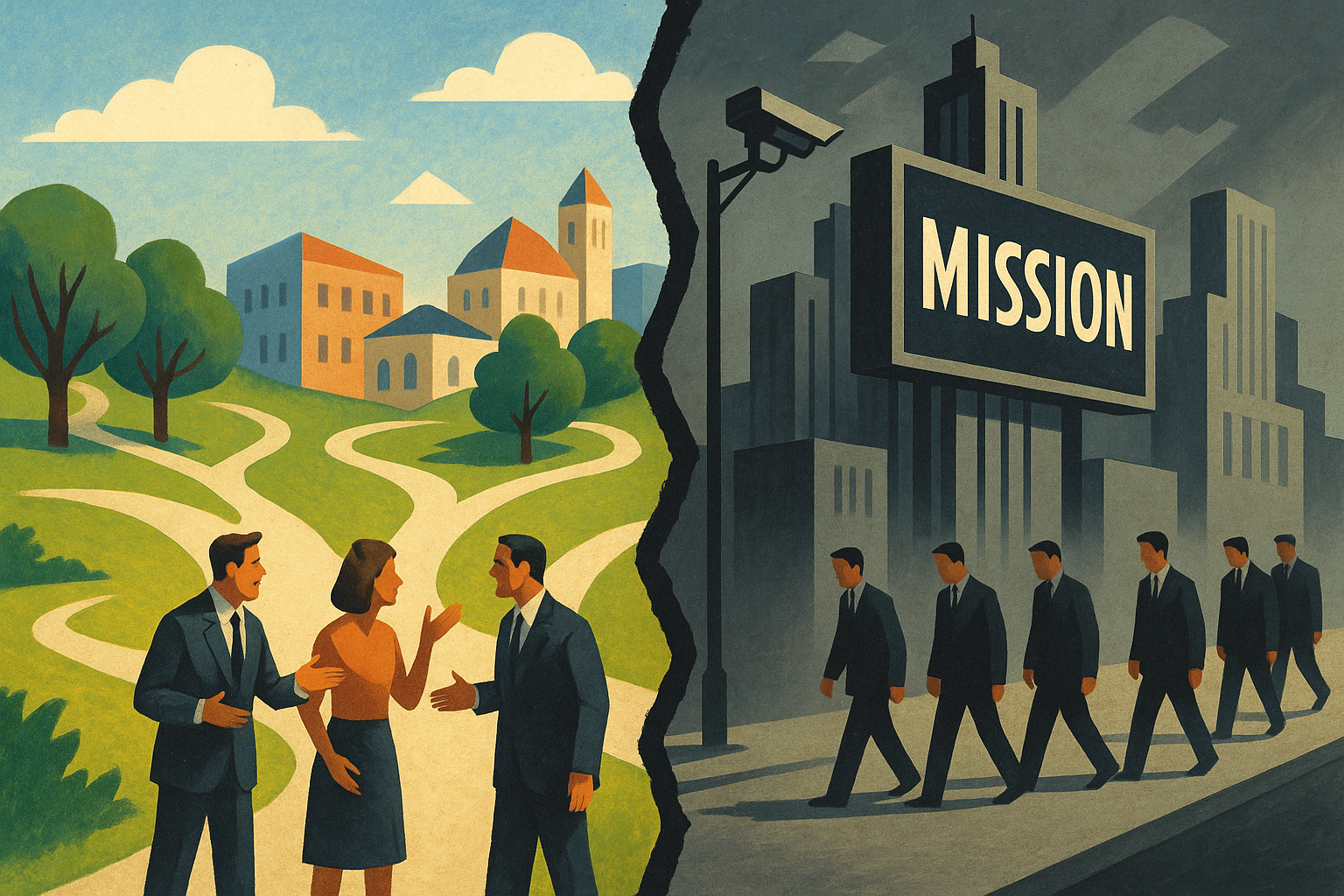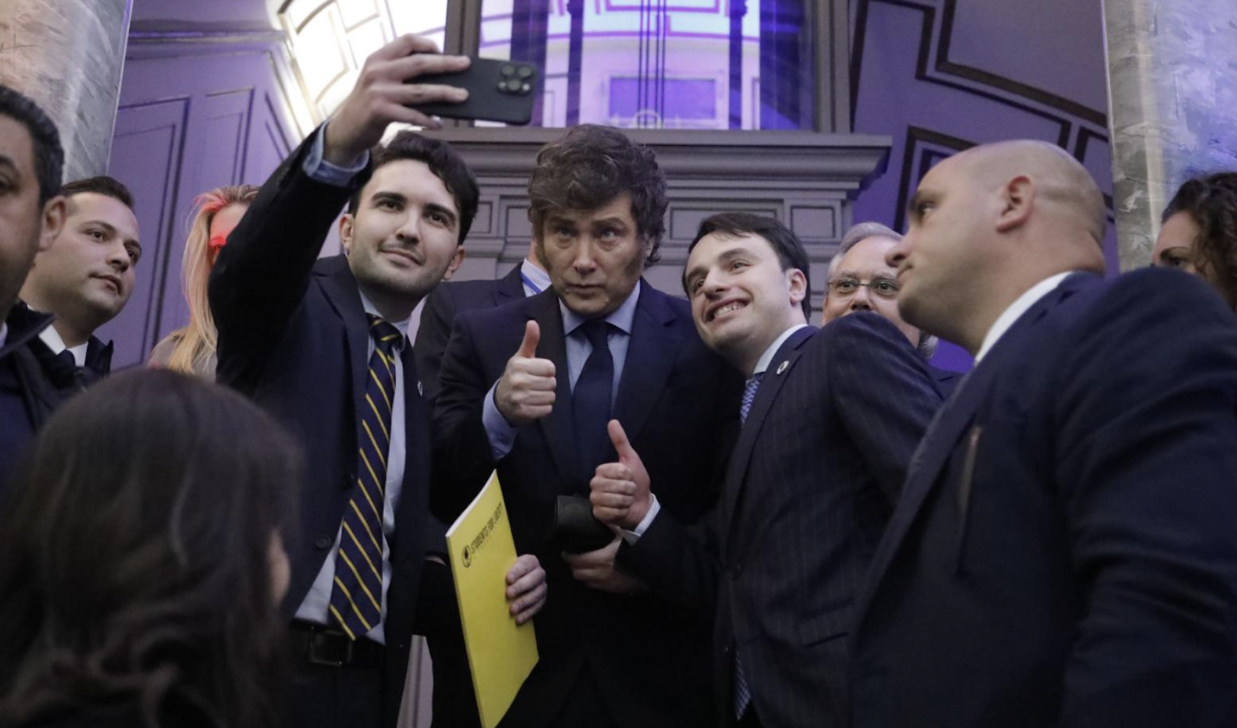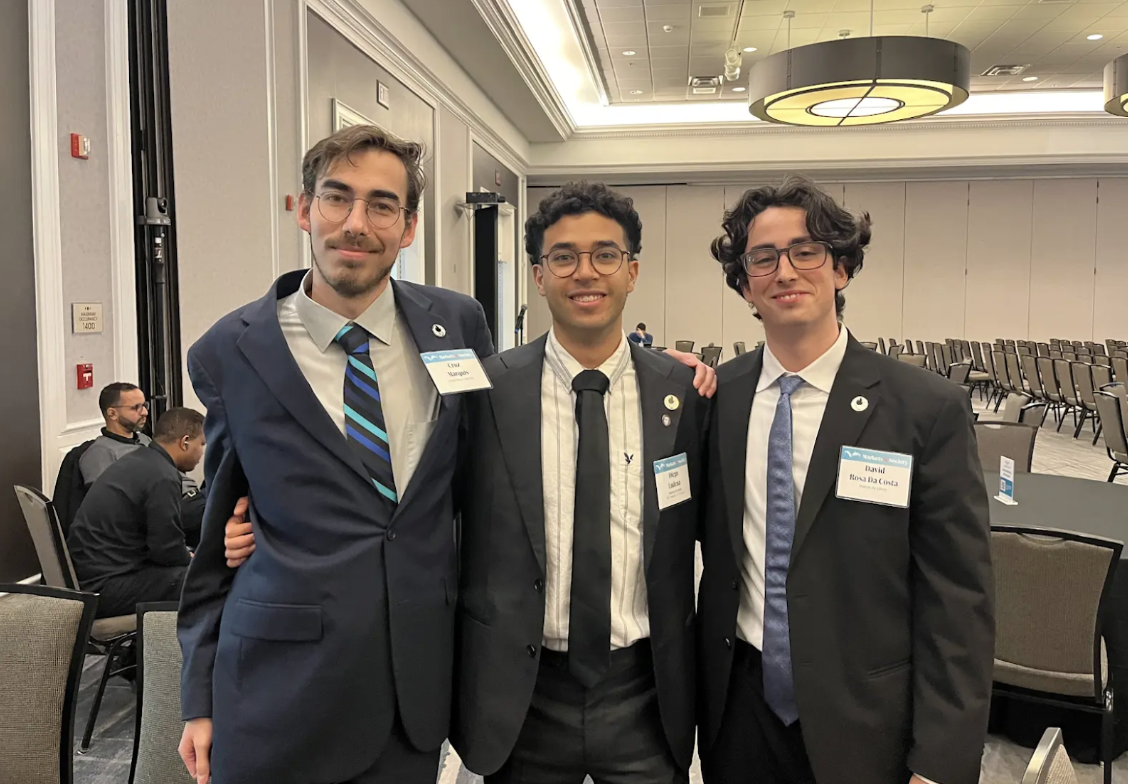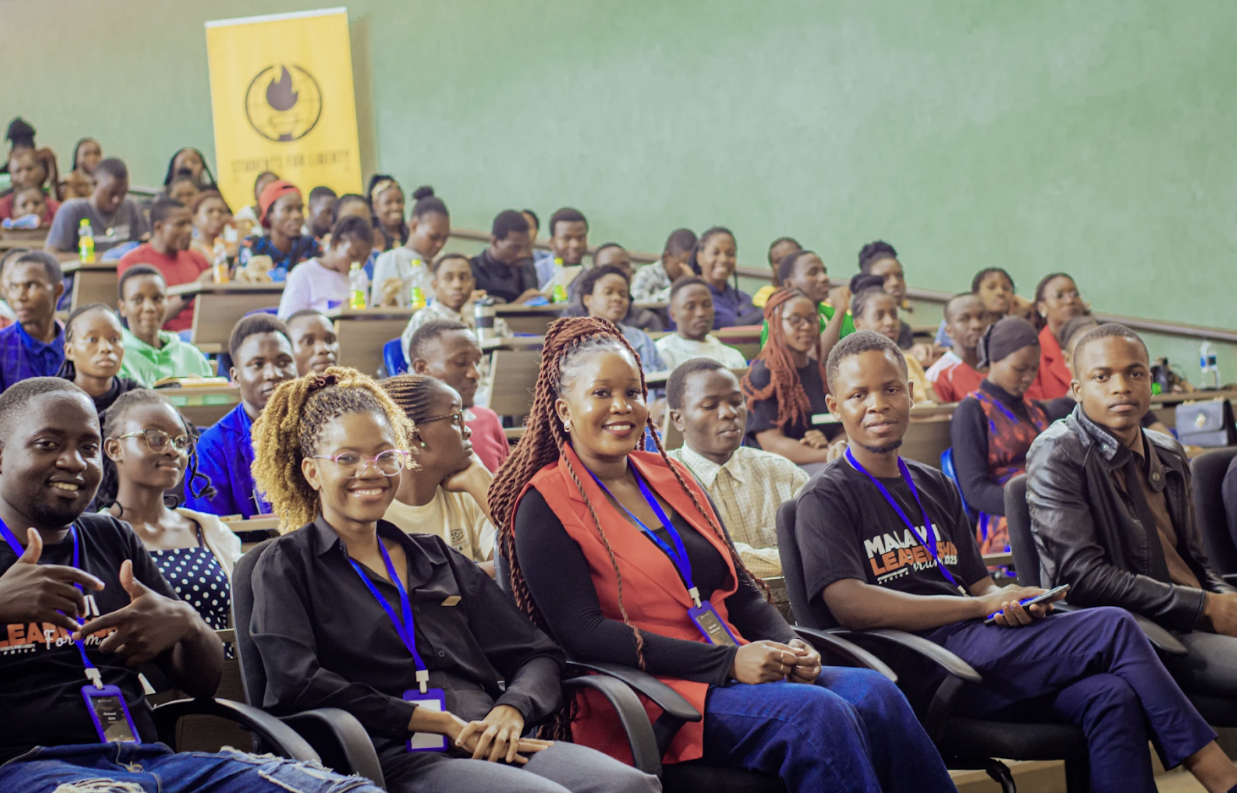Music by John Matychuk, licensed under Unsplash
Singing the song of angry men?
It is the music of the people
Who will not be slaves again!
The above lyrics are from a song in the famous musical Les Miserables (1980), which has since evolved into one of the most famous protest songs in history, sung in over 17 languages. Throughout history, music has had the ability to empower, mobilize, and spur people into action, with countless revolutions born of songs.
However, it’s not just about dancing to a tune. Music also has the ability to tell a story, and as with every story, with that comes the potential to communicate ideas. This can be – and has been – done in several different ways throughout history, particularly when it comes to ideas of liberty.
But has the music’s mass commercialization made us lose sight of what’s really special about it since then?
The Power of Music in Communication
Music and rhythm is one of the easiest ways to both store and retain information in the human brain. Remember all those weird phrases you’d sing to yourself as a way of memorizing things for your tests or your passwords? There is neuroscience behind it. In addition to memory, music can also influence your mood, releasing the pleasure-bringing dopamine into our system.
“Life seems to go on without effort when I am filled with music.” – George Eliot
Perhaps most importantly, music, like language, has seemingly evolved in every single culture around the world. However, music doesn’t necessarily need translation across cultures. The rhythm and the beat itself can convey emotion and feeling, lending itself to an emotional connection beyond language barriers.
If music is starting to sound like an overpowered tool, it is. And it’s been used very effectively.
Music and Liberty Throughout Time and Space
The legacy of music has always been freedom and liberty – the most powerful music has been penned (and listened to) with the thoughts of freedom. Freedom from oppression, but also freedom from the past, freedom from your own feelings, and freedom to express yourself.
The First Amendment Museum documents a history of protest music in America, and through this we see that the world wars, as well as the revolution-centric 60’s and 70’s, are the most substantial eras when it came to protest music. The 80’s and 90’s dropped in protest music, but with that came the rise of hippie music, acknowledged by Britannica as “tied up with Vietnam War service and anti-Vietnam War protests, the civil rights movement, and sexual liberation.”
Every culture in the world can look to their own history to unearth singers, songwriters, and poets who have sung in the name of freedom. This holds true to the present day. Earlier this year, popular rapper Macklemore released Hind’s Hall, an incendiary song in support of Palestine.
The medium of song is so powerful that it is not limited to the real world; even works of fiction showcase this particular phenomenon. Take, for example, The Hunger Games, where The Hanging Treebecame the anthem for a revolution against the oppressive Capitol. Many other stories have been adapted to musicals, a way of creatively bleeding dialogue with musical elements.
An Auditory Feast…
“Music” by itself is an umbrella term that encompasses multiple aspects, each with their own storytelling power. On the audio aspects, two elements play a part – the music (instrumental) itself, and the lyrics.
The music of the previous century focused more on instrumentals, which is why classical music is emotionally evocative whilst not having lyrics. A set of notes have the unique ability to invoke in us certain emotions, regardless of the context of where it plays.
Nowadays, purely instrumental music is mostly found in movie/TV series OSTs (original soundtracks). For example, the Imperial March from Star Wars will almost certainly first bring up feelings of dread. Nobody will ever listen to it and picture sunflowers and marshmallows, despite the fact that throughout the piece there are several significant emotions – darkness, despair, triumph, even sorrow – portraying the complex emotions associated with the empire.
On the other hand, lyrical messaging can be significantly more explicit,with turns of phrase able to evoke strong emotions in the listener bolstered by the musical accompaniment.
If you can’t catch a wave, then you’re never gonna ride it.
You can’t come uninvited.
Never gonna give in, never gonna give it up no.
You can’t take me, I’m free
– Bryan Adams, Spirit: Stallion of the Cimmaron
…With a Visual Spectacle
However, music’s storytelling potential does not stop there. There’s the visual aspect to consider, which is also twofold – music videos (MVs) and song/album art. In two of our previous examples, Do you hear the people sing? and The Hanging Tree, the songs are accompanied by visuals of revolution, of uprising, lending an air of defiance and resistance to the pieces.
MVs can drastically change the meaning or association of a piece of music, which was the case with Justin Bieber’s Let Me Love You. Not particularly a standout in terms of melody or lyrics, the MV showed an intriguing and fully-fledged cautionary tale of internet deception that let it stand out. Some artists consistently use standout visuals (Lady Gaga, Sia) to drive their music, while others capitalize on the shock factor (Lil Nas X) to drive viewers to their story.
A lesser appreciated (and utilized) method of storytelling is the artwork. We often see alternative music use this to a greater degree. Consider the two album covers by Metallica and Nirvana. Both undeniably convey their own stories and messages up for interpretation, usually a socio-political commentary. This gives listeners a visual aspect of storytelling and a glimpse into an album’s theme.
With Great Music Comes Great Responsibility
With such power of influence and such potential for storytelling, it is no surprise that music has influenced the mood of nations for centuries. However, the mass commercialization of music has resulted in an environment where artists constantly compete for the next great hit, with thought rarely given to what their music stands for. Common opinion is that music as a storytelling medium is glossed over, and that stories via music are dying.
“We are the champions, my friends. And we’ll keep on fighting ’til the end” – Queen








